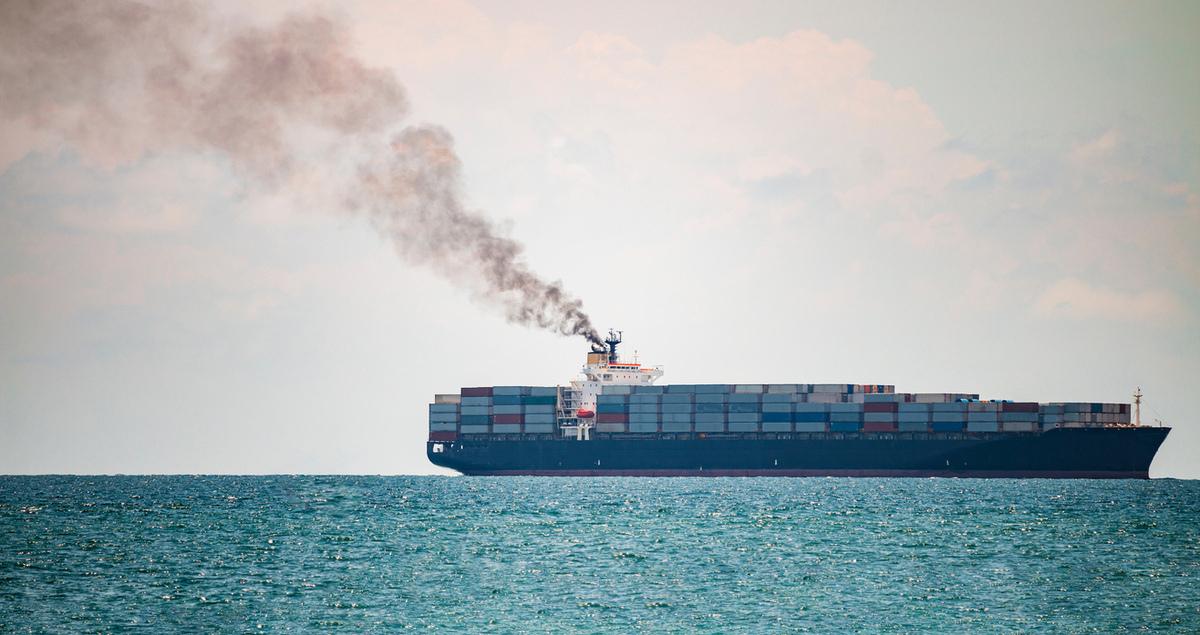How capturing maritime emissions fuels the circular economy

Shipping is responsible for 90% of world trade and almost 3% of global CO₂ emissions, and both figures are projected to increase significantly by 2050, according to the International Maritime Organization (IMO).
As the UN body charged with cleaning up the international maritime sector, the IMO has set a target of at least halving the sector’s greenhouse gas emissions by 2050 compared with 2008, leaving fleet owners facing some tough choices.
Current options include switching to cleaner fuels, using new and more efficient vessel designs or slowing shipping schedules to emit less. However, Mitsubishi Shipbuilding, part of Mitsubishi Heavy Industries (MHI) Group, has recently tested the world’s first marine-based CO₂ capture system, which could provide a new tool to curb ship emissions.
Just as large-scale carbon dioxide capture, utilization and storage (CCUS) systems remove emissions from the flue gases of power plants and heavy industrial processes, the same systems can be miniaturized and fitted on marine vessels.
Take a look at this graphic to see how once installed, these onboard systems extract CO₂ from a ship’s exhaust gases to reduce emissions. The captured CO₂ is then compressed and carried below deck, ready to be pumped ashore to be either sequestered below ground or used as part of the circular economy.

Discover more about Mitsubishi Shipbuilding’s marine-based CO2 capture systems





